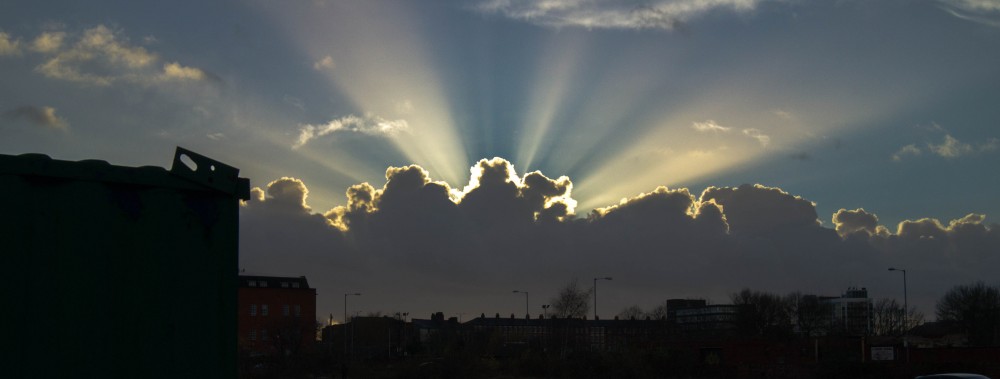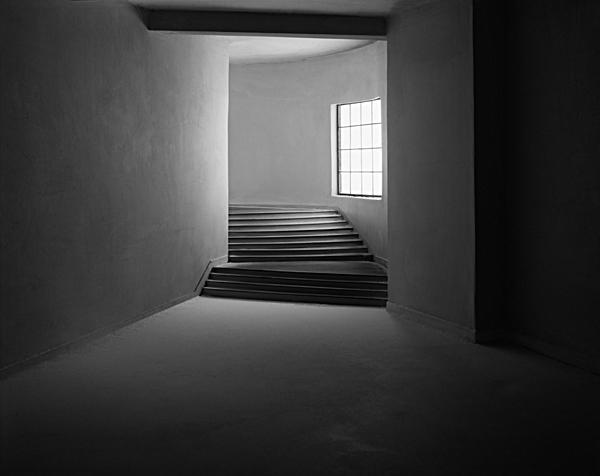I decided that my final set should have some continuity in some form or other besides the element of detachment and it would be the key element in deciding which images made my final set. It occurred to me while I was deciding on which which images would be contenders for the final set (see previous post) that within the eight contending images, four were of solo subjects and four with multiple subjects. I decided then to separate them into two sets and it immediately became apparent that the four images with solo subjects, not only made more sense as a grouping but were the stronger four images, working better for the purpose of my brief. That’s not to say that other four images didn’t work well, they just weren’t as strong. I may expand the ideas I had here into a project at a later date for use in a book, I’d then have a least two sets for the project before I began.
So here is the final set. In no particular order – other than in a way that makes sense to me.

One of the earlier shots I took and one of my favourites, I think it was always going to make the final set as one of the two two images that really captures the essence of my brief, that of being ‘in the here and now’ yet completely elsewhere.
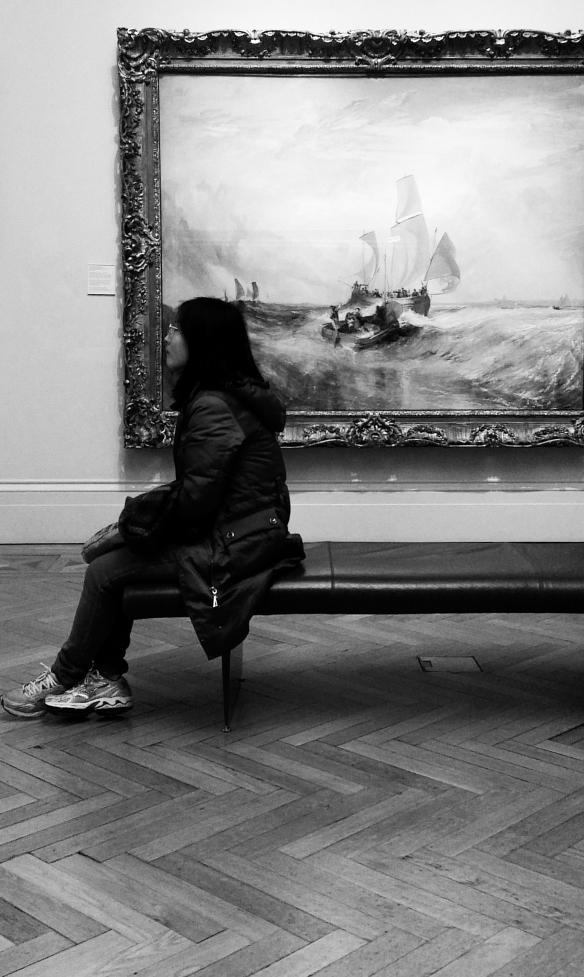
Although I am not entirely happy with this image (What photographer ever is?) It’s still very strong and works well for the purpose of the brief.
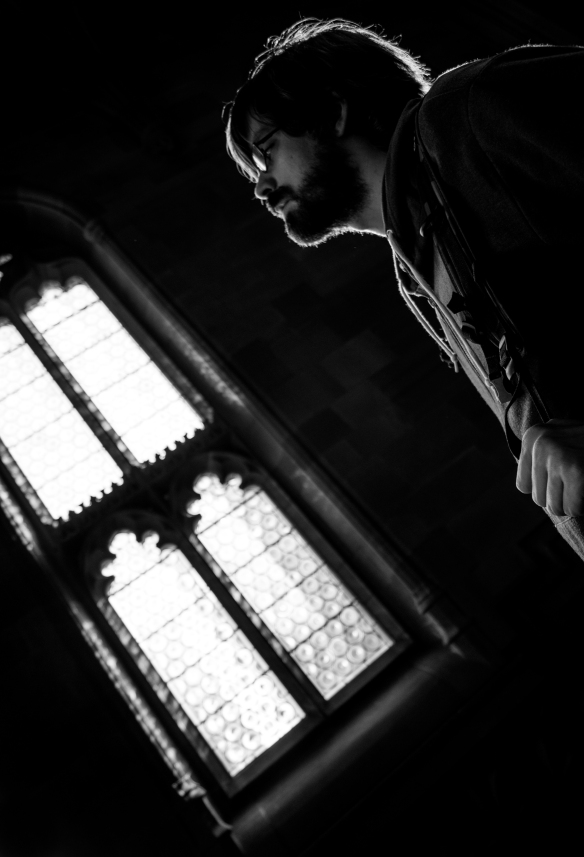
Another personal favourite and an image that I expected to make the final set. Happy that I managed to stay undetected long enough to capture the subject in deep thought.
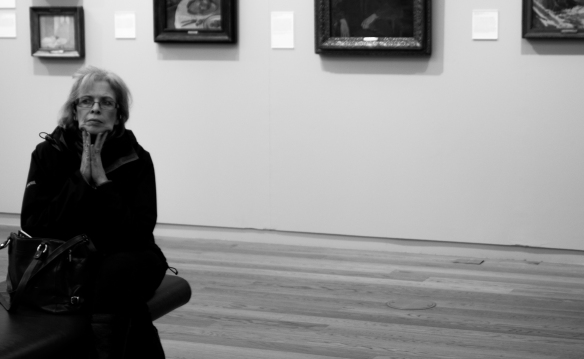
My self consciousness when taking candid images was no more stronger than with this one. As a consequence, I almost didn’t get the shot as I thought I would be caught out or the subject would become aware of me and would return to the ‘here and now’ losing what I was after. I was either lucky or skill-full in my surreptitiousness, whichever it was, I got the shot and it’s an image like the first, which I feel exemplifies the essence of my brief.
Final Thoughts…
“Anxiety is the hand maiden of creativity.” T.S Elliot
I am mostly happy with the final set and the brief, it was an interesting one. As in the earlier semesters work, it challenged me personally and professionally, I thought more about how I would need to approach not only my subjects in order to get what I wanted, overcoming my anxiety and self-consciousness when capturing images of people as much as the occasional technical hurdles. Furthermore, it challenged me to consider not only the work in this brief but my photographic work and practice in general, on how my work can be viewed and will be viewed dependant on the choices I make. Challenge is good, although rarely met with enthusiasm especially when you’re unsure of your worth and abilities. I’ll end this final post with another but very relevant quote from Mr. Eliot, a most astute man if ever there was…
“If you aren’t in over your head, how do you know how tall you are?” – T.S Elliot
